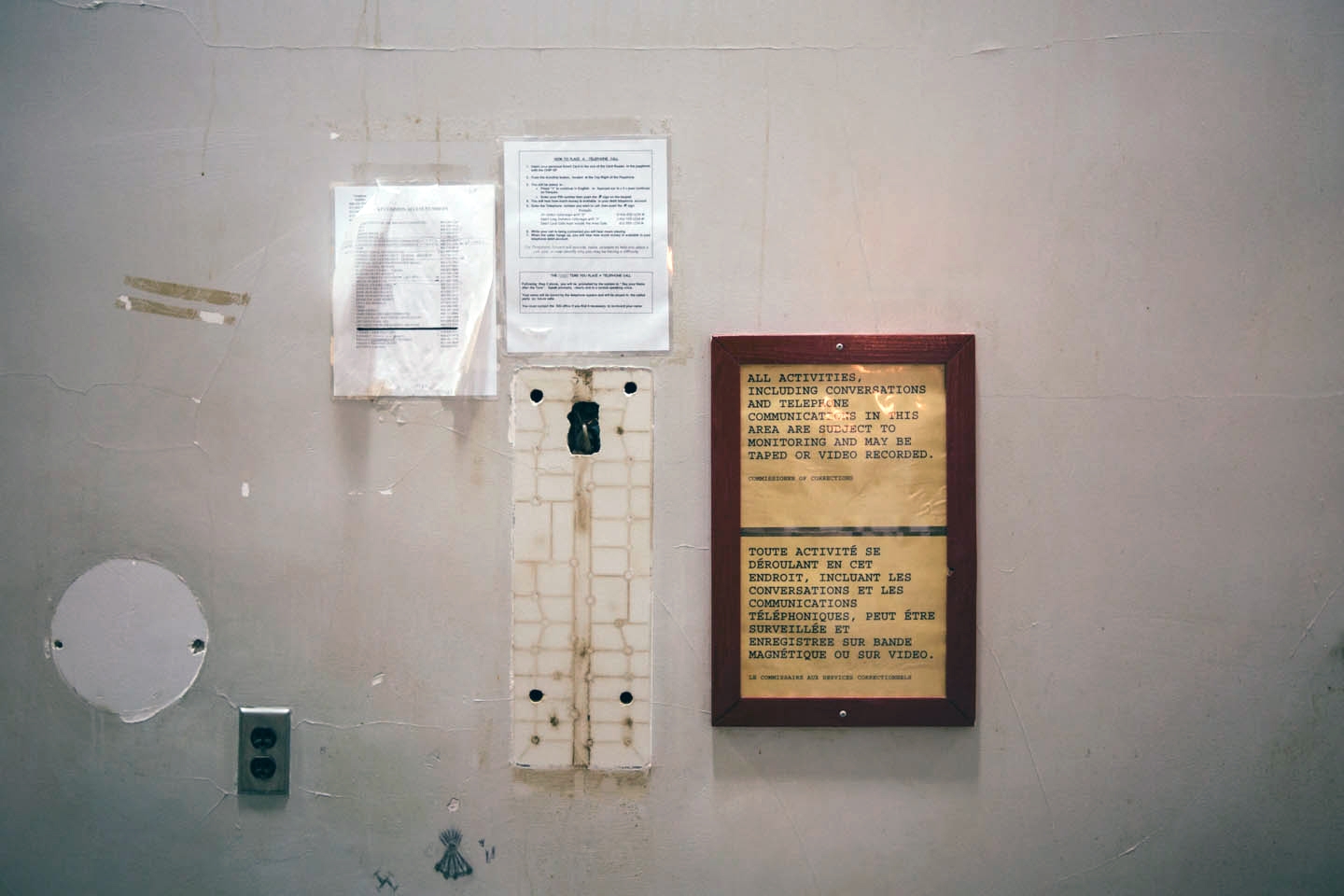 Visitors to Ogoode Hall Law School’s west Toronto campus next week may be taken aback by the provocative statement being made outside those hallowed halls of academe.
Visitors to Ogoode Hall Law School’s west Toronto campus next week may be taken aback by the provocative statement being made outside those hallowed halls of academe.
Wrapped around the east-facing glass façade, an image of an empty prison yard at the recently closed Kingston Penitentiary will be unveiled by the law school this Wednesday.Overlaid atop the photo is a drawing of a teepee, a reference to the location within the prison yard where many native cultural practices took place and a not-too-subtle reference to the overrepresentation of aboriginals in Canada’s prison population.
The image is the work of Cindy Blazevic, Osgoode Hall’s artist in residence for 2014. It represents just one of the many thought-provoking pieces comprising her photo and essay presentation about the infamous prison.When Kingston Penitentiary closed its doors on Sept. 30, 2013, Blazevic saw an opportunity to peer inside and capture the moment before all of the evidence of lives lived within the prison was erased.
Her images of abandoned wards and cells — combined with essays by upper-year Osgoode Hall students and historical documents — offer a glimpse into the many challenges facing the penal system in Canada.
In one image, a poster of Jesus is stuck to a wall littered with scrawled notes and crossed-out numbers; in another, a rectangle of clean paint remains where a public phone has been pulled out of the wall. Nearby, a sign warns inmates that calls may be recorded.
“Seeing [the prison] at the end of its life, without prisoners, allows us to see artifacts of lives lived within the building as well as the inherent limitations not only of this particular institution, but of any prison,” said Blazevic.
The essays, meanwhile, provide historical and legal context for the images. Osgoode Hall student Simon Wallace wrote about the various political factions that sought to infuse the prison with their own brand of reform while Pamela Hinman wrote about the organizational stress that correctional officers are chronically subjected to.
The photos, essays, and documents are all laid out in a slick graphical presentation that will be on permanent display on the university’s web site.
“The web site is a choose-your-own adventure,” said Blazevic. “I don’t expect anyone to read or listen to the whole thing, but rather to be able to dip in and out.No matter where you land, it’ll be thought-provoking, maybe even perspective-altering.”
The physical art installation outside the school will be up until March 2016.










